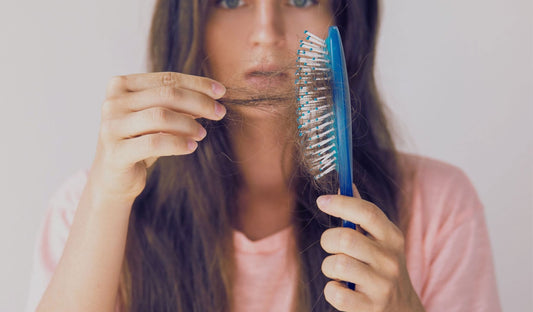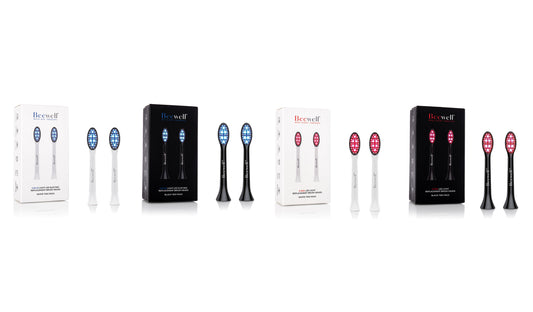
In today's world, the desire for brighter teeth has become a common goal. This surge in interest could be attributed to the widespread popularity of at-home whitening solutions, including strips, kits, and devices. Your smile not only mirrors your well-being but also influences your self-assurance. Therefore, the aspiration to eliminate plaque and restore the natural luster of teeth reflects a dedication to oral hygiene and a strong commitment to personal well-being.
The efforts invested in teeth enhancement appear to yield positive outcomes. Empirical studies and social experiments have revealed that individuals possessing whiter and more aesthetically pleasing teeth often excel in job interviews, command higher remuneration, foster more friendships, and emit an approachable vibe compared to their counterparts. One could argue that the resources allocated to teeth whitening and cosmetic dental procedures equate to an investment in both one's personal journey and social interactions.
Yet, in the realm of tooth brightening, what emerges as the simplest, securest, and most convenient approach? It's possible that a whitening toothbrush holds the answer.
What Constitutes a Whitening Toothbrush?
The methods employed for teeth whitening, which encompass various at-home kits, predominantly target the elimination of surface stains on teeth. However, a drawback often lies in the usage of abrasive compounds or harsh chemicals applied directly to the teeth. Regrettably, containing these chemicals solely to the teeth becomes a challenge, as they frequently meet the gums. This unintended interaction can potentially lead to gum irritation or persistent tooth sensitivity.
Fortunately, a simpler and more secure avenue exists for achieving teeth whiteness – the adoption of a toothbrush infused with blue light technology. The utilization of a toothbrush featuring blue light technology proves effective due to its dual action: eradicating bacteria while gently enhancing tooth whiteness. This mechanism seamlessly incorporates the stain oxidation process, akin to that of an in-office teeth whitening procedure, into your daily oral care regimen.
Blue light toothbrushes harness the proven efficacy of light energy in teeth whitening. Both the FDA and ADA acknowledge the teeth-whitening attributes of blue light. Numerous studies validate blue light as an exceptional catalyst for activating peroxide (whether in the form of hydrogen peroxide or carbamide peroxide) found in toothpaste or tooth gel. One notable study demonstrated that a blue light toothbrush can independently brighten teeth. Nonetheless, in most cases, a blue light toothbrush operates safely as a whitening accelerator in conjunction with your preferred whitening gel and toothpaste, as directed. Thus, the consistent use of a blue light toothbrush contributes to and preserves your whitening progress every time you engage in oral brushing, transcending the confines of designated bleaching tray sessions.
How Does the Whitening Process Occur?
The functioning of blue light technology closely parallels the swift whitening procedure conducted within a dental practitioner's clinic. The light itself assimilates the presence of dark pigments and stubborn stains that have permeated your porous tooth structure, known as microtubules. These pigments are susceptible to undergoing a bleaching transformation when chemical bonds are disrupted through resonance with a specific wavelength of light.
Engaging with the pigment, the blue light triggers the formation of free radicals, which in turn neutralize harmful bacteria. The absence of this bacterial presence within your oral cavity results in the weakening of the matrix that typically facilitates plaque adherence to teeth. Reduced bacteria levels subsequently translate to diminished plaque formation, thus promoting the well-being of both teeth and gums.
Following proper usage instructions, the blue light effectively accelerates the action of the bleaching agent applied to the toothbrush. By dedicating a mere two minutes, twice a day, it's highly plausible that you will observe a gradual enhancement in the radiance and brilliance of your teeth, with the potential to lighten them by several shades over time.
Comparing the Whitening Toothbrush to Other Whitening Approaches
The optimal choice for whitening your teeth hinges on your budget, desired speed of results, permanence preferences, and your threshold for potential discomfort. When evaluating the various methods, consider the following factors:
- Chemicals: Most teeth whitening products utilize gels containing carbamide peroxide or hydrogen peroxide. These gels must remain on the enamel's surface for a prolonged duration to effectively eliminate teeth stains. As the gels infiltrate the surface stains and microscopic pores (tubules), discoloration is gradually oxidized. However, these gels can be abrasive and potentially harsh.
- Time: Typically, at-home whitening solutions demand approximately 30 to 60 minutes of application per day. Some products even necessitate overnight usage.
- Sensitivity: Tooth sensitivity is a common side effect of teeth whitening, often arising from the bleaching solution employed in the process. This solution can strip minerals from the enamel, rendering the teeth temporarily porous and exposing microscopic tubules within them.
In contrast, a blue light toothbrush offers a gentle and gradual approach to teeth whitening, requiring just two minutes of use twice a day, all without inducing sensitivity.


